Until recently, a few books have been published on the history of Central Asian Khanates of Khiva, Bukhara, and Kokand. In his book, Levi C. Scott, a professor of Central Asian history at Ohio State University, focuses on the historical significance of Khanate of Kokand in a broader Eurasian context. The chapters in the book outline the formation of the Khanate of Kokand and subsequent socio-political and economic developments, which paved the way for its decline. The author considers that the legacy of Kokand Khanate continues to shape the lives and experiences of the peoples of the Ferghana Valley to a considerable degree in the contemporary period as well. The connection is evident in religious, ethnic, and other socio-economic components of the Ferghana valley, which is the cause of various ongoing conflicts. The roots of these conflicts can be traced back to the history of the Kokand. The author further argues that even though the merits of the legacy of the Kokand Khanate are relevant for both historical and contem¬porary concerns, there exists obscurity about the history of Kokand. In this regard, Scott C. Levi’s book becomes noteworthy.
Central Asia is geo-strategically located between the East and the west. Due to its location, it has been the epicentre of imperialist aggression and centres of major power rivalries throughout its history and in the contemporary period as well. The study of history of the region contributes in a significant way towards understanding the ongoing geopolitical processes in Central Asia. One of the dynamic Central Asian states which gradually emerged over the eighteenth century was the Khanate of Kokand. The credit to make Kokand as an exemplary state goes to the rulers of the Shahrukhid dynasty, a branch of the glorious Timurid dynasty. Shahrukhid belonged to the Ming, an Uzbek tribe. Uzbeks were considered to be a dominant political group in the eighteenth century; therefore, Kokand is frequently referred to as an Uzbek state. However, demographic diversity suggests otherwise.
Khanate of Kokand emerged as a result of the Bukharan crisis in the 18th century when the khans of Bukhara were incompetent to control their subsidiary Uzbek amirs. The allegiance and loyalty of these Uzbek amirs were the backbones of military strength and legitimacy of rulers of Bukhara. Monetary depletion had made it more challenging to maintain Bukharan patronage. The history of Kokand is also closely associated with the accounts of Russian and Chinese imperialist expansion in the Central Asian region, which widely spread over the eighteenth and nineteenth centuries and is also visible even today.
This book centres on the concept of integration and not marginalisation, in the context of analysing the early modern history of Central Asia. By saying so, the author does not mean to articulate that the early modern Central Asia reached the complete trajectory of integration. But, there were other spaces one can observe, such as social, political, economic, intellectual processes and institutions that had connected Central Asia with seemingly far situated regions and, over time, they seemed to be terminated. In this context, this book suggests that the process of globalisation supplemented the rise and collapse of the Khanate of Kokand in the eighteenth and nineteenth centuries. The author expanded the scope of both historiography and history of Central Asia by sustaining its link with other historical fields. The study, however, is limited to the geographical extent of Central Asia, specifically to the Ferghana valley. Still, it also takes into account the correlated developments of the Qing and Russian Empires in the same period.
Prof. Levi has paid a substantial amount of attention to the political history of the Kokand state, which includes the methodology adopted by the Shahrukhid rulers to establish their legitimacy and power structures to sustain their rule. Many following chapters concurrently address the economic background, monetary flow, political history, and advancements in military techniques as well, which helped in transforming state affairs of Central Asia. In this line, the author brings all of the related literature together to provide novel insights into the study of the history of early modern Central Asia. On this basis, the points raised by the author give shape to the canvas on which the rise and fall of Kokand took place.
After losing grip over its acquired territories, the Kokand Khanate happened to be destabilised. To elaborate on this process, the author unveils the correlations between the Russian colonial advances in Central Asia and increased ethnic strife that diluted the original political power of Kokand amirs in the Ferghana valley. To support this argument, the author cites the Russian imperial works of literature, which suggest that the later Kokand leaders were less visionary tyrants, feudal warlords, and despotic rulers. These rulers enjoyed their life lavishly at the expense of their subjects. However, this analysis proved to be prejudiced as the author himself outlines in the final chapters that Russian expansion into the region was itself a destabilizing factor.
At the onset of the Crimean War, Russian forces took the Kokand’s steppe outpost of Aq Masjid in 1853. Further, they redirected their attention to the other steppe strongholds of Kokand rulers. With unrelenting southward aggression, Russian troops annexed Tashkent in 1865 and conquered the Kokand army in 1868. Ultimately, in 1876 Russian Empire formally strangled the Kokand Khanate and incorporated the Ferghana Valley. The book has been successful in putting forward the Kokandi perspective while unfolding the Russian conquest of the Khanate.
This book also divulges the overall merits of the inter-linked historical perspectives and a global historical point of view towards regional and local histories. For that purpose, Prof. Levi included plenty of relevant findings produced by the experts of the Central Asian region. Viewpoints of specialists around the world involved in the study of the Eurasian region have also taken into account. The Author recommended that the historians of the world community should direct their attention towards the similar and the distinctive nature of the existed statehood in Central Asia, which is either based on their internal structures or having links with the imperialist powers of the eighteenth and nineteenth centuries. Having said this, the author emphasizes that Globalization played a significant role in making this process happen, starting from the sixteenth century onwards. Globalization suggested by the author is referred to as the rapid rise of global mobility, the boost of early modern global economic relations, and the emergence of trans-regional networks, technology, and institutions, which enabled the intensification of inter-regional connectivity processes.
Finally, the author contests that globalizing forces contributed to the rise, growth, and collapse of the Kokand. This example of Central Asian state qualifies comparative analysis with other regional kingdoms such as the Burmese kingdom in mainland Southeast Asia, both Siak and the Bali Sultanate in Indonesia, Sikh state of Maharaja Ranjit Singh, Hyderabad, and many other princely states and agencies of post-Mughal India and in other parts of the world. These are just a few states and regional powers among others that took advantage of the opportunities brought about by globalizing forces to establish their authorities, ultimately to suffer future crises and collapse as a result of the same effects.
This book represents one of its kind approaches of understanding a connecting methodological study of the history of Ferghana valley and especially the Khanate of Kokand. The author also deserves applause for his articulated account of historical narratives. A wide variety of receivers, including academics and students working on Central Asia, Russia, and China and world history will be benefitted from this original research work.

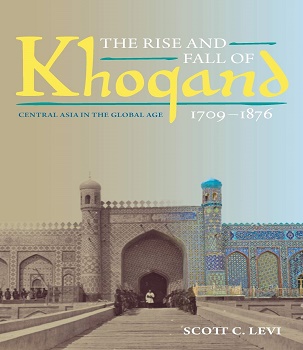


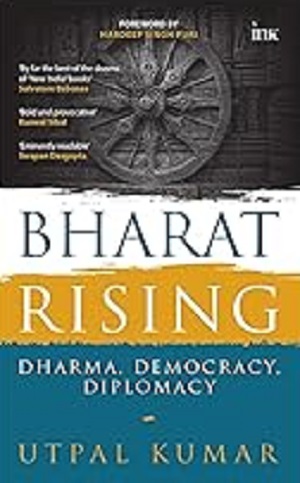
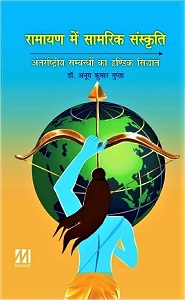
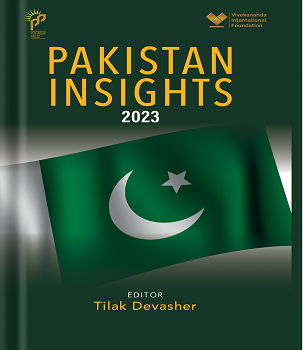
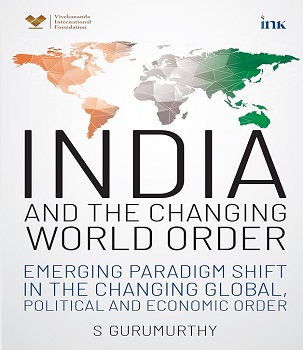
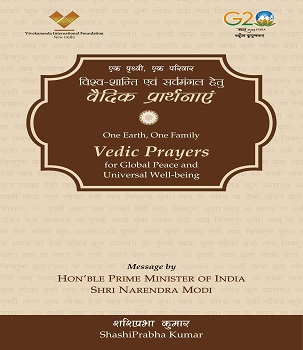
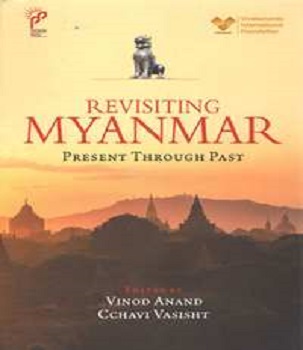
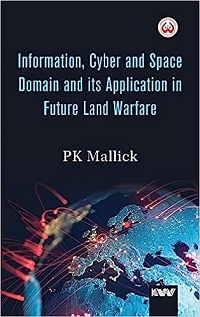
Post new comment